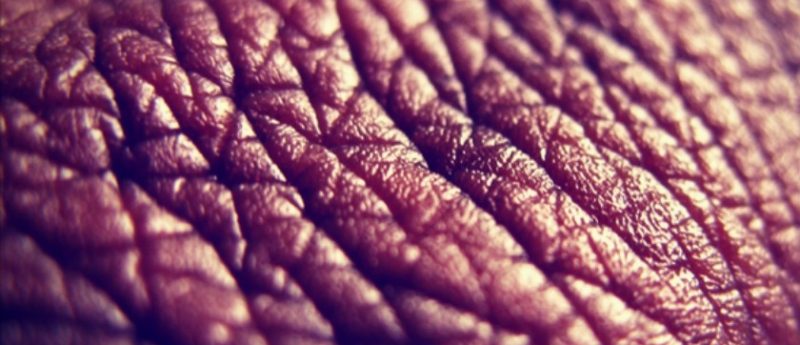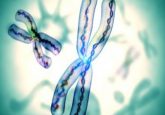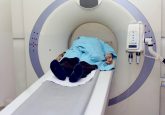Genome sequencing reveals more about acral melanomas

Investigators at the Cancer Research UK Manchester Institute at The University of Manchester (UK) have recently defined the genomic alterations in acral melanomas. Their results, published recently in Pigment Cell & Melanoma Research, indicate that this rare skin cancer is genetically distinct from the more common manifestations of the disease.
Unlike other forms of melanoma, acral melanoma is not caused by UV damage. The disease most often affects the palms of the hands, soles of the feet, nail-beds and other hairless areas of skin.
The team conducted whole-genome sequencing investigations on the tumors of five individuals with metastatic acral melanomas, comparing the data gained with that of the patients’ normal genomes and patterns of genetic faults from more common skin cancers.
Their analyses revealed that the DNA damage inherent to acral melanoma is distinct compared to other skin tumors. For example in acral melanomas, it was much more common to find large chunks of the DNA broken off and reattached elsewhere, compared with the smaller DNA changes typically found in more common types of skin cancer.
“Too much UV radiation from the sun or sunbeds can lead to a build-up of DNA damage that increases skin cancer risk. But acral skin cancer is different because the gene faults that drive it aren’t caused by UV damage. Pinpointing these faults is a major step towards understanding what causes this unique form of cancer, and how it can best be treated,” commented study leader Richard Marais (Cancer Research UK Manchester Institute).
Source: Furney SJ, Turajlic S, Stamp G et al. The mutational burden of acral melanoma revealed by whole-genome sequencing and comparative analysis. Pigment Cell Melanoma Res. doi: 10.1111/pcmr.12279 (2014) [Epub ahead of print]; Cancer Research UK press release




